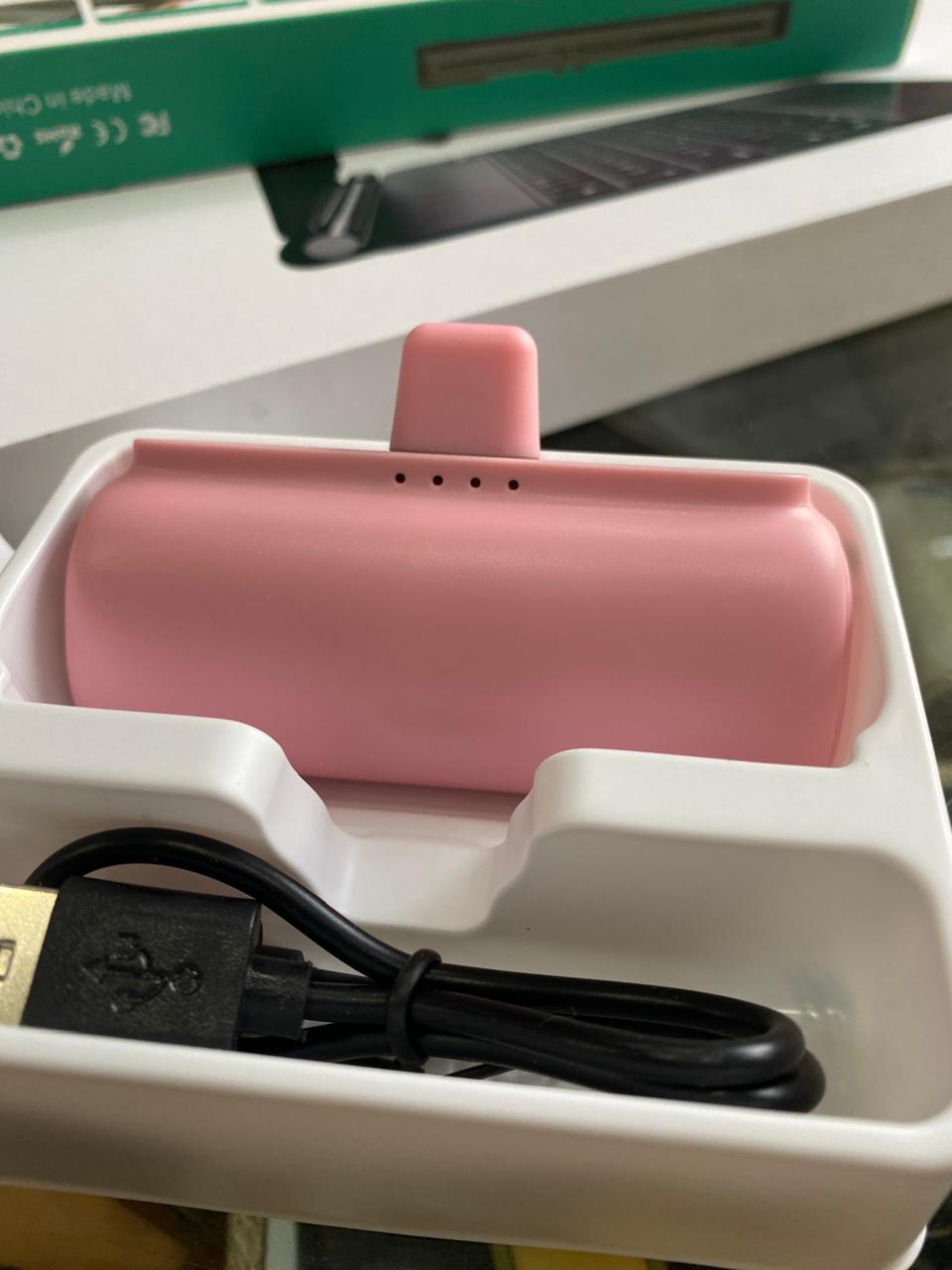- Capacity: The capacity of a power bank is measured in milliampere-hours (mAh) or watt-hours (Wh). It indicates how much energy the power bank can store and how many times it can recharge your device. Higher capacity power banks provide more charge cycles or can charge larger devices multiple times before needing to be recharged themselves.
- Output Ports: Power banks come with one or more output ports, typically USB-A, USB-C, or a combination of both. Make sure the power bank you choose has the appropriate ports for your devices. Some power banks also offer fast charging capabilities through technologies like Qualcomm Quick Charge or USB Power Delivery (PD).
- Input Port: In addition to output ports, power banks have an input port for charging the power bank itself. This is usually a micro-USB or USB-C port. Consider the convenience of using the same cable to charge both your devices and the power bank.
- Size and Weight: Power banks come in various sizes and weights. Larger capacity power banks tend to be bulkier and heavier, while smaller ones are more portable but offer less charging capacity. Choose a size and weight that suits your needs and preferences, considering factors like portability and capacity.
- Build Quality: Look for a power bank with a durable and sturdy build quality that can withstand daily use and occasional bumps or drops. Quality materials and construction ensure reliability and longevity.
- Safety Features: Safety is paramount when dealing with portable power sources. Look for power banks with built-in safety features such as overcharge protection, over-discharge protection, short circuit protection, and temperature control to prevent damage to your devices and ensure safe charging.













Reviews
There are no reviews yet.